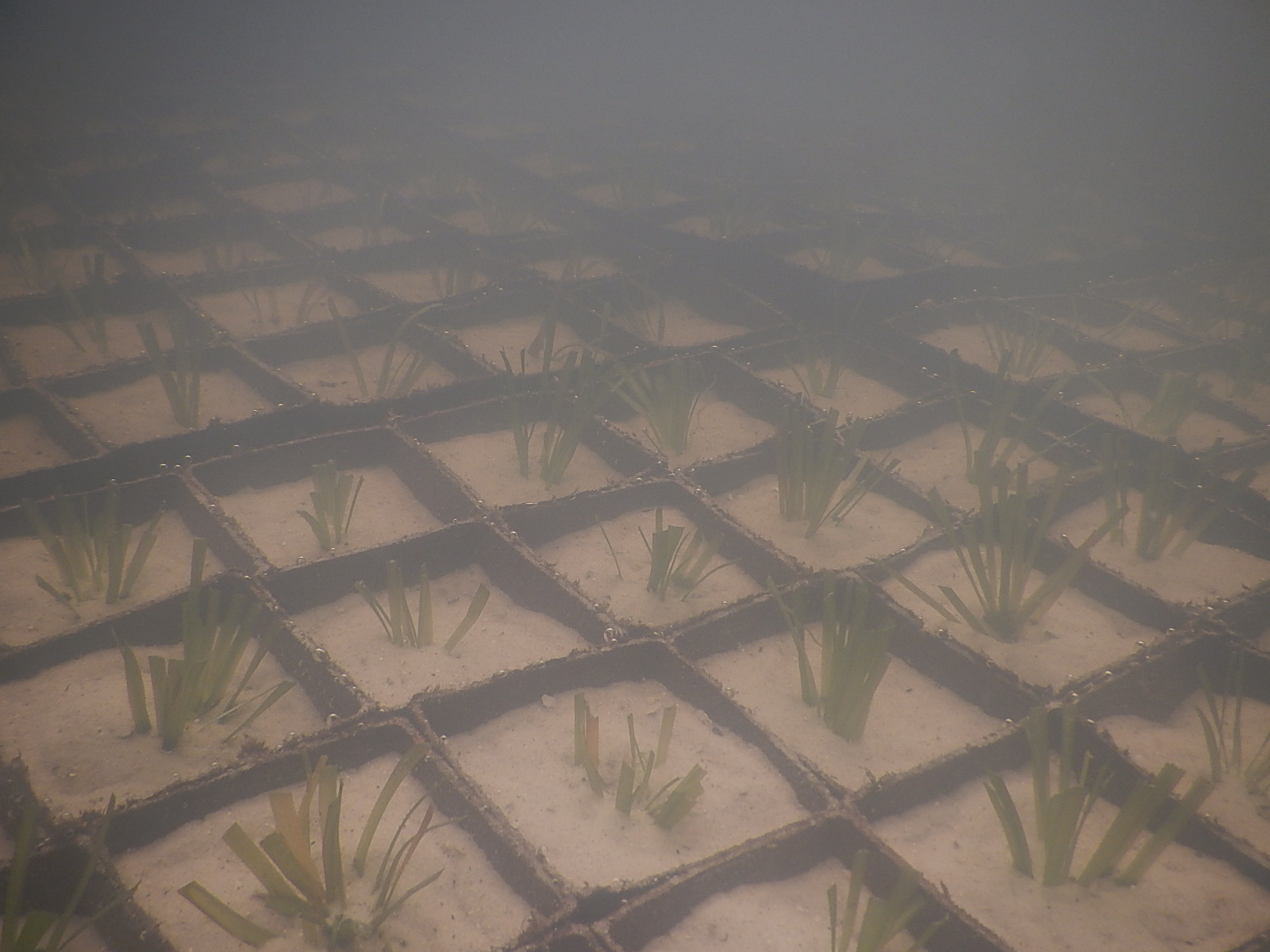
Homosassa River Restoration Project
We plan and deliver
Restoring the Homosassa river takes a lot of precise planning. This project cannot happen if the team performing the work doesn’t know exactly what it is doing. We follow a three step process that has had proven success.
Step 1: Remove
To begin the restoration, divers using specially designed vacuum equipment remove the Lyngbya algae and layers of detritus material from the river and canal bottom. We pump the suctioned material through large hoses to a worksite on shore. T here, we put the water and “muck” through a three stage cleaning process, one that is very similar to what water treatment plants use to create drinking water. First we put the water and everything else we vacuumed up into a mechanical separator.
here, we put the water and “muck” through a three stage cleaning process, one that is very similar to what water treatment plants use to create drinking water. First we put the water and everything else we vacuumed up into a mechanical separator.
The mechanical separator removes leaves, cell phones, sun glasses, plastic bottles and other waste. The separator removes large clumps of algae and other organic material from the water. Cleaning means getting rid of both man made and organic contamination. Then we put the water into a sedimentation tank, where particles settle out and fall to the bottom.

To clarify the water, we add an organic polymer. This natural substance bonds to particles. It is the same substance used in water treatment plants. We pump the water into large porous containment bags. The bags are vibrated to cause the organic particles to settle out.
Clean water comes through the bags and collects around them, and we channel it back into the river with 99% of all material removed. It’s clean enough to drink.
We remove almost all of the legacy nitrates and phosphorus during this process. The algae and other organic material separated at the worksite is trucked to farms where it is recycled as fertilizer. Nothing is wasted.
Step 2: Replant

Now the Lyngbya has been removed and the natural sand and limestone bottom exposed. Our project is then ready to replant Eelgrass. A couple of variants of grasses are grown in an aquaculture nursery and planted by either hand or mechanical means. When possible, exclusion cages are installed over the newly planted grasses to protect them until they have time to become established.

This usually takes 12 to 18 months at which time their root systems have developed enough to keep hungry manatees from pulling them from the bottom.
Step 3: Maintain

We’re not finished when we put the grasses into the soil. We clean the exclusion cages, keeping Lyngbya from settling on them and blocking out the light that the grasses need to grow and spread.
After we remove the exclusion cages, we’ll come back to spot clean. We’re establishing eelgrass meadows, and until they get to be fairly large, we’ll still ensure that Lyngbya algae doesn’t take hold again. The schedule for maintaining the newly planted grasses uses frequent visits in the first few months. Later, we clean the cages once a month for the entire year.








